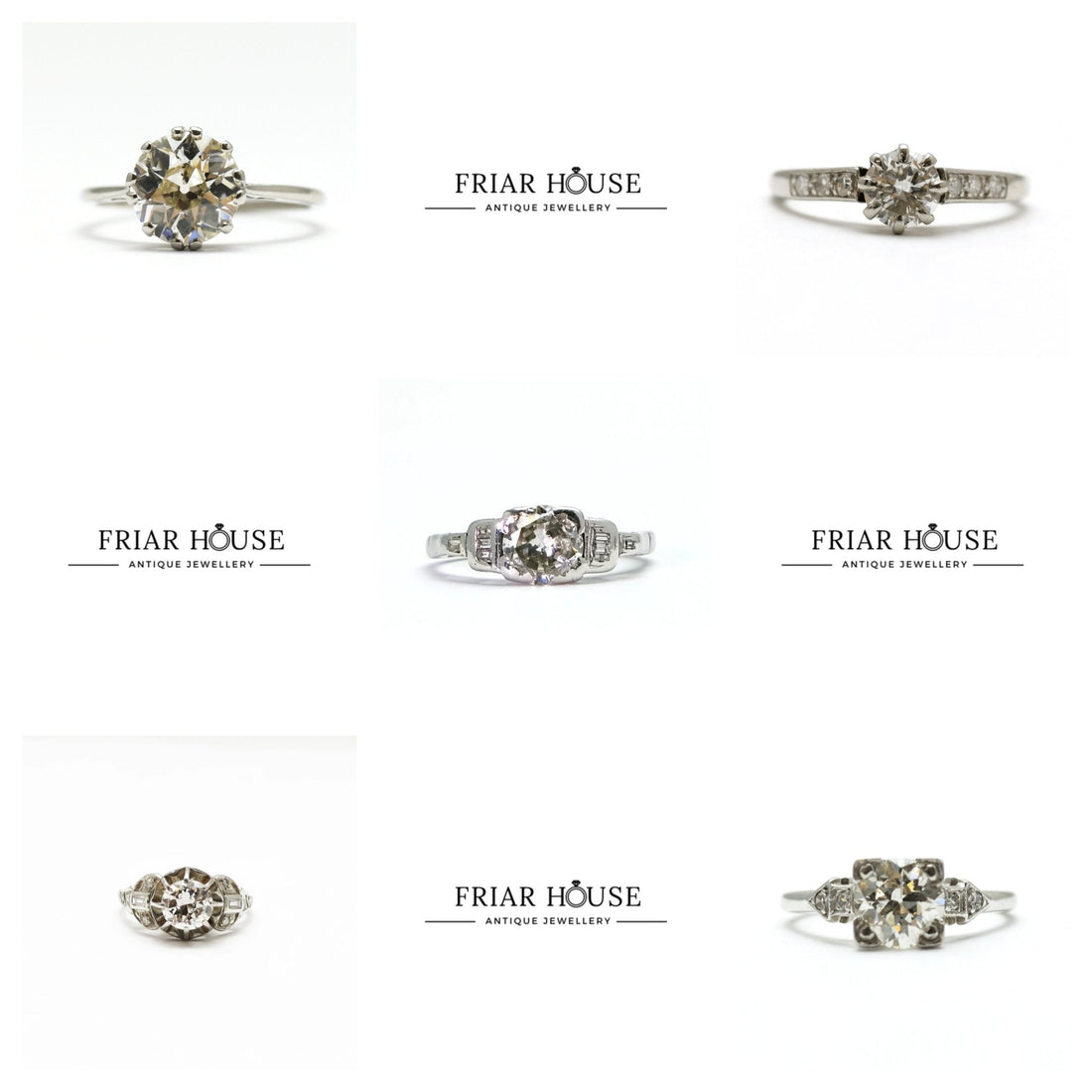

Art deco is a style that was prominent from the early 1920’s to the 1930’s. It was first seen around 1915, just after World War 1, when there was huge optimism in the air.
It has been said to be a result of exhibits at the World’s Fair, held in Paris, France in 1925 where the style was first exhibited. The term Art Deco is a shortened form of the event’s name Exposition Internationale des Arts Decoratifs.
The style of the jewellery of this time reflected the liberation of women as their hemlines and hair were getting shorter, their dresses were streamlined and their jewellery now had opulence, reflecting the jazz age.
After the stock market crash of 1929, jewellers could only survive in their business by using cheaper stones, such as aquamarines, a popular stone today. It was a sign of great wealth if you were still able to afford diamond jewellery.
Art deco jewellery was often geometric and symmetrical in design and character, with the use of diamonds, emeralds, sapphires and rubies. Many vibrant colours were used, with settings of yellow gold, white gold, silver or platinum.
The distinguishing features of the style are simple, clean shapes, often with a streamlined look.
Why so much love for Art Deco? This jewellery represents the ultimate attention to detail in terms of design, materials and craftsmanship.
Art Deco style extended to buildings with The Chrysler Building and Empire State building in New York being the embodiment of this era.
We can also look locally to Bexhill-on-Sea, on the coast near to our shop in Battle, East Sussex to see an example of Art Deco building style at The De la Warr Pavillion.

Although the style went out of fashion for a while in most places during World War 11, beginning in the late 1960s there was a renewed interest in Art Deco design. Into the 21st century Art Deco continues to be a source of inspiration in such areas as decorative art, fashion and jewellery design.
The consistent allure of the pieces from this period can be explained in their aesthetic beauty.
So, Art Deco jewellery reflected a very colourful movement, incorporating a wide variety of vibrant, coloured gemstones. Diamonds continued to remain fashionable with one cut becoming very popular: the baguette cut. Its shape was perfect for embellishing and enhancing geometric designs. The baguette cut therefore remains closely associated with Art Deco jewellery
At Friarhouse we offer a wide range of Art Deco jewellery, specialising in Diamond Engagement rings, with a selection for all tastes and budgets.
Take a look at our website or come and visit us in our retail shop to see the rings and appreciate the style and workmanship.





